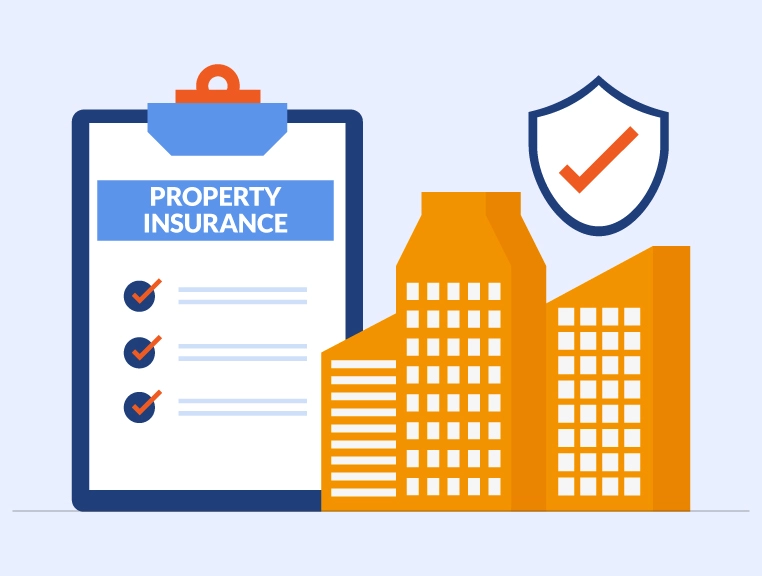As I was thinking about topics for this column, I was in two minds whether to write about the need for insurance for small businesses or not. It is not a very popular topic. The next morning, I read about the fire incident at the Bhagirath Palace at Chandni Chowk, Delhi. More than 120 shops were estimated to be gutted with a cumulative loss of over ₹500 crore. I could no longer sit on the fence. A large majority of these shops would have been uninsured. This would mean their life’s savings would get wiped out in a matter of days.
The impact of a fire incident on a small business is multi-fold.
- First, they lose most of their capital, which is in the form of stocks, machinery, fittings, and other immovable assets.
- Second, most businesses would have creditors to pay for the stock or assets with them, which still remains outstanding. Unless these creditors are paid, the entrepreneurs have limited ability to revive their supply chain.
- Third, many take working capital loans from banks and NBFCs. Typically, these loans are against collateral of company assets and in many cases personal assets of the entrepreneur. These institutions would come after the borrower to attach their collateral and recover the loan.
- Fourth, the income-generating capacity of the individual gets substantially impacted, as the assets used to generate income are impaired. So, entrepreneurs have to cover regular expenses from whatever savings they have. Finally, businesses have to usually borrow money to reinstate their damaged assets. Such loans are taken at distress interest rates, thus leaving a dent in the business income for several years.
While we discussed fire incidents, similar catastrophic losses could happen due to natural disasters or accidents, such as aircraft crashes. Some of these accidents seem improbable. But, so was the pandemic. The important point here is that while the probability of such incidents is low, the severity of damage can ruin one’s life.
Thankfully, insurers price the low probability of these incidents into the insurance premium. The cost of covering all the above risks for a regular shop is less than 0.1% of the value of the assets. So, over 100 years, you don’t even pay 10% of the value of the asset as premium. Such premiums also need to be paid only annually. The recurring cost relative to the sum assured at risk is negligible. Another way to rationalize the cost would be to compare it with the annual bank interest cost or the electricity bill of the premises. The insurance cost is likely to be less than both.
The small business fire insurance is now covered by two dedicated products i.e., Bharat Sookshma Udyam Suraksha, which covers businesses with total assets of up to ₹5 crore, and Bharat Laghu Udyam Suraksha, which covers businesses with total assets valued between ₹5 and ₹50 crore. Some of the built-in coverages of these plans are very policyholder-friendly. One of these covers is the ‘waiver of under-insurance’ clause of up to 15%. Often, businesses miss out adding some assets in the policy. This used to cause deductions at the time of claim settlement. Thankfully, with this clause, there would be no deduction for up to 15% of under-insurance. Through products like the above, the regulator is pushing for reforms to make insurance more accessible.
Apart from the built-in coverage, there are two covers that I recommend considering. First is Fire Loss of Profit (Flop). Under this, business gets indemnified for the loss of gross profit and fixed expenses for the duration of reinstatement. This ensures that the entrepreneur does not need to eat into their savings to meet their day-to-day expenses. A Flop insurance costs less than 0.1% of the annual gross profit value and fixed expenses. Second, is that of a public liability insurance. This is meant to cover damages to others due to your business. For instance, a fire that starts from your place and spreads to other premises; owners of other businesses could sue you for negligence. In such cases, the policy pays for lawyer fees and any compensation awarded by the court. It costs around ₹3,000 for a ₹10 lakh public liability insurance.
Several years ago, we had set up a small team to serve business marketplaces such as Bhagirath Palace. We got resounding support from the local shopkeepers’ associations. The office bearers of these associations appreciated the need for insurance. However, individual shopkeepers required a little nudging. It was an avoidable expense for them. Unfortunately, we had to shut the pilot and focus on online inbound leads. Ironically, those who need insurance the most value it the least. With the Bhagirath Palace incident, I feel it is our responsibility to take insurance to the underserved and have restarted the pilot. Hopefully, the small businesses would have moved along as well.
About The Author
Mayank Sharma
MBA Finance
He is a professional who brings extensive knowledge and expertise to the field of group health insurance. He has dedicated 7years to helping individuals and businesses navigate the complexities of insurance. Having worked closely with numerous clients and insurance providers, he deeply understands the nuances of group health insurance policies. With a reputation for providing insightful and informative content, he leverages his industry experience to educate readers about the importance of group health insurance and its benefits. Through their articles, Mayank Sharma aims to empower individuals and businesses to make informed decisions about their healthcare coverage, ultimately promoting healthier and more secure communities.



